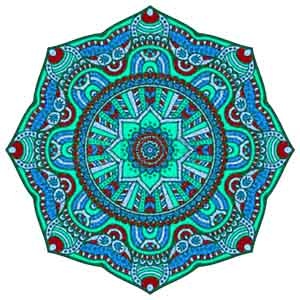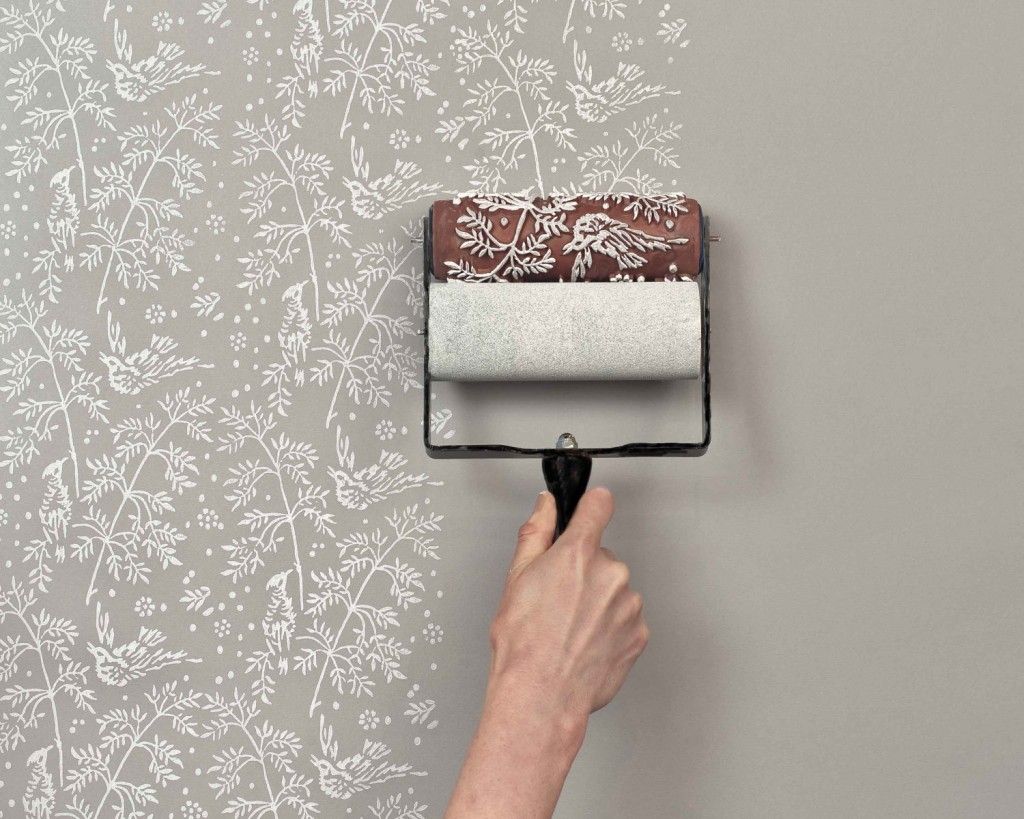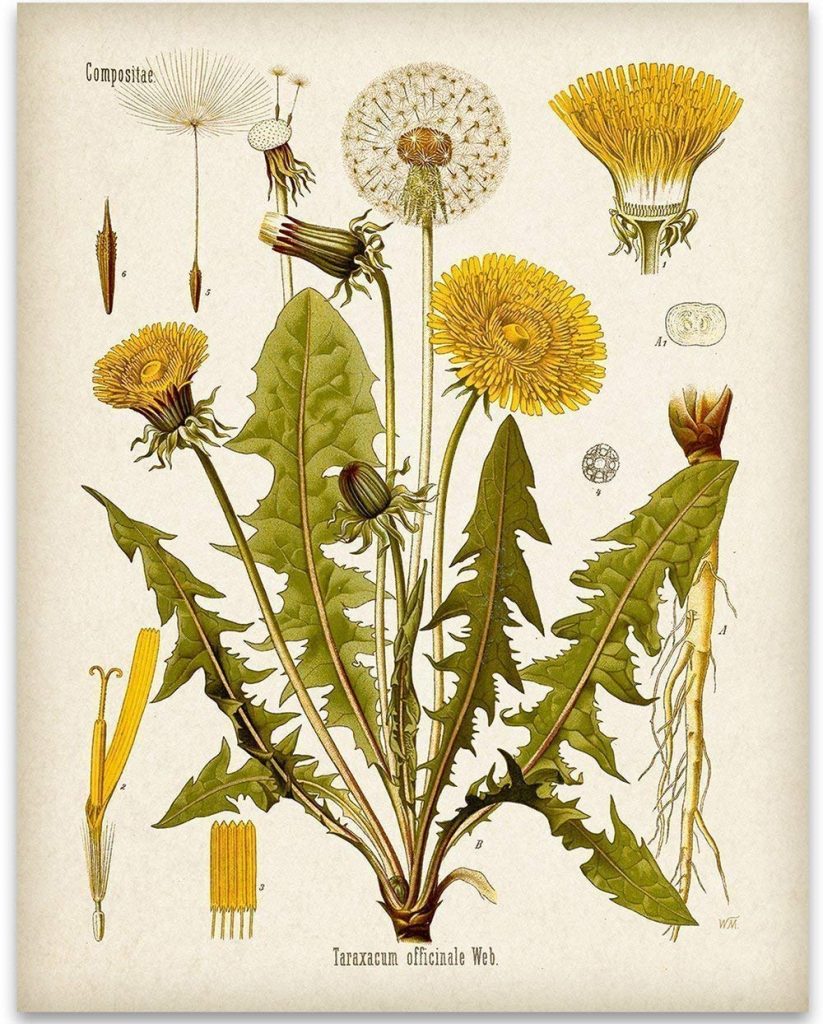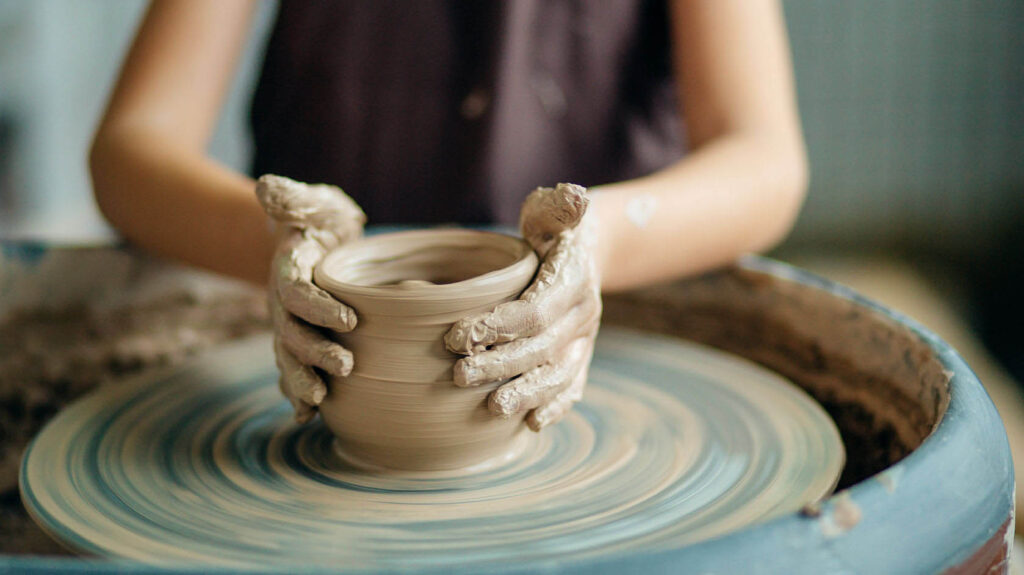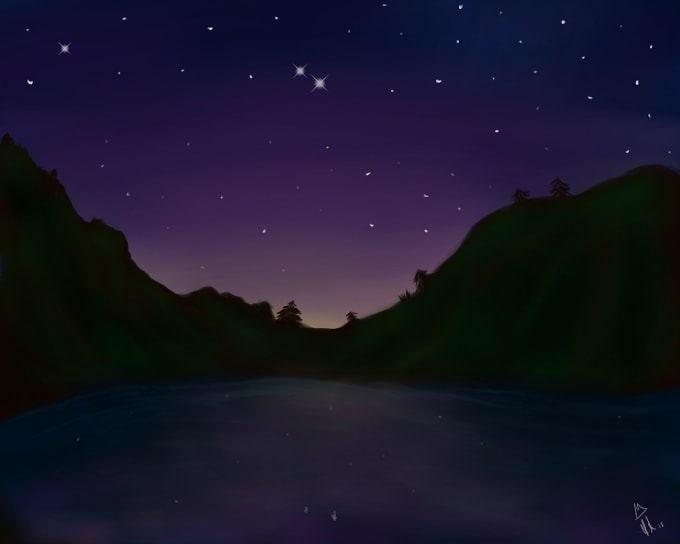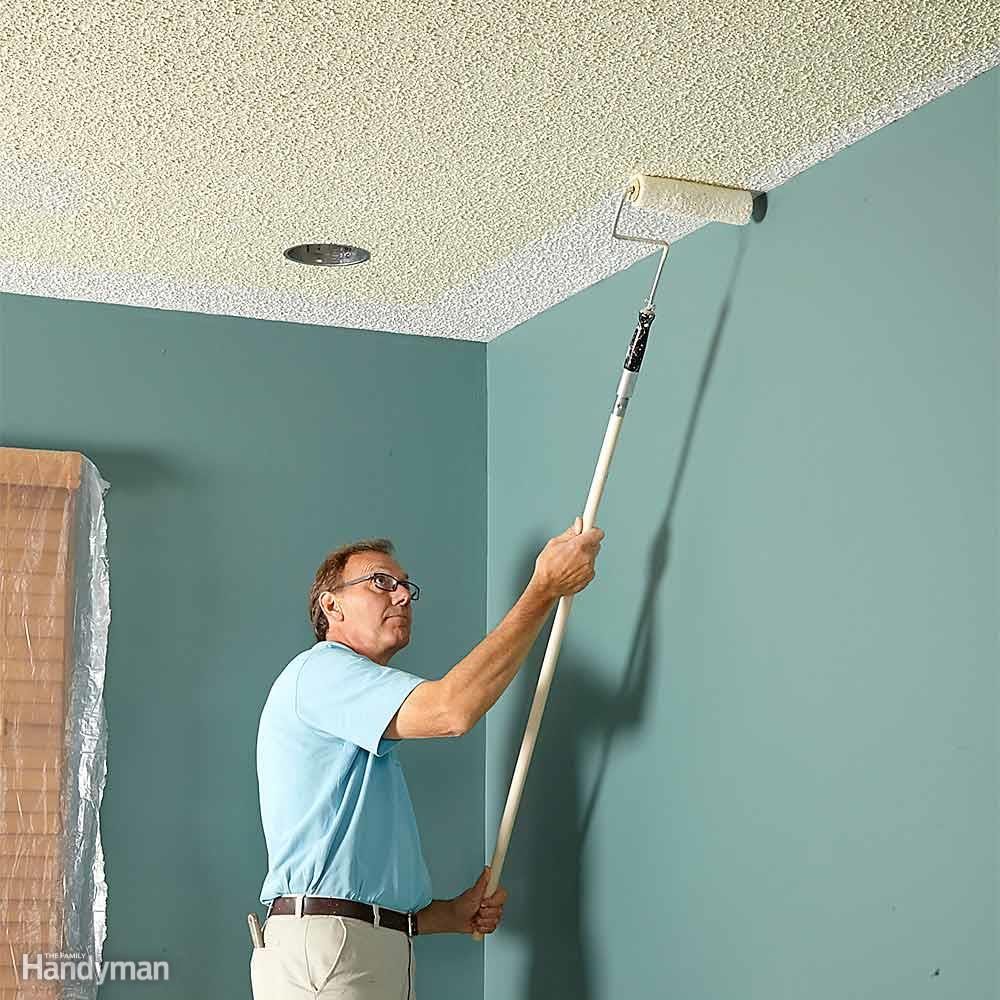
Deciding to Paint Figures in Landscapes
Whenever you paint cityscapes you will encounter a lot of people, some purposefully stroll past, others relax peacefully reading or sunbathing; however while they will be abundant in dense urban areas their presence will be extremely sparse in rural areas. Ultimately, the decision to paint figures in the remote countryside is at the discretion of the artist.
Watercolor sketches of figures are generally more effective when they strive to capture the essence of a particular moment; an impression of spontaneity and originality. Such sketches are useful in various ways; improving your fundamental life drawing skills; discovering which postures and compositional placement are aesthetically pleasant and learning how to render them so they appear natural.
The first step in learning how to paint figures in landscapes is to learn how to properly observe. Life drawing provides you with the opportunity to learn how to observe and comprehend human postures. Inevitably, this is a challenging task as your “models” will usually be mobile. If you find this difficult it is crucial that you focus on improving this skill through practicing quick, gestural outdoor sketching more often. Generally you have to learn to forget about detail and preconceived ideas and instead interpret the model using broad, sweeping strokes and adding only a few touches. If you focus on accuracy you risk overworking the piece and achieving a detailed yet static and artificial image.
Using a No.2 pencil, quickly draw the outline of a group of figures in a public place. Strive to capture their postures and interactions while omitting most of the trivial details such as clothing designs and facial features. Then, paint the neutral colors, focusing on both high contrasting colors in the group of figures and accurately depicting the shadow using the glazing technique. This creates compositional interest while ensuring proper tonal balance, an integral part of a harmonious successful watercolor painting. Moreover, the shadows can later be as reference when rendering details affected by the direction of lighting and reflective lighting cast on the figures. You can also make quick color notes using your own numerical system.
Thank you for reading this article! If you have any further questions about this topic please contact us.
